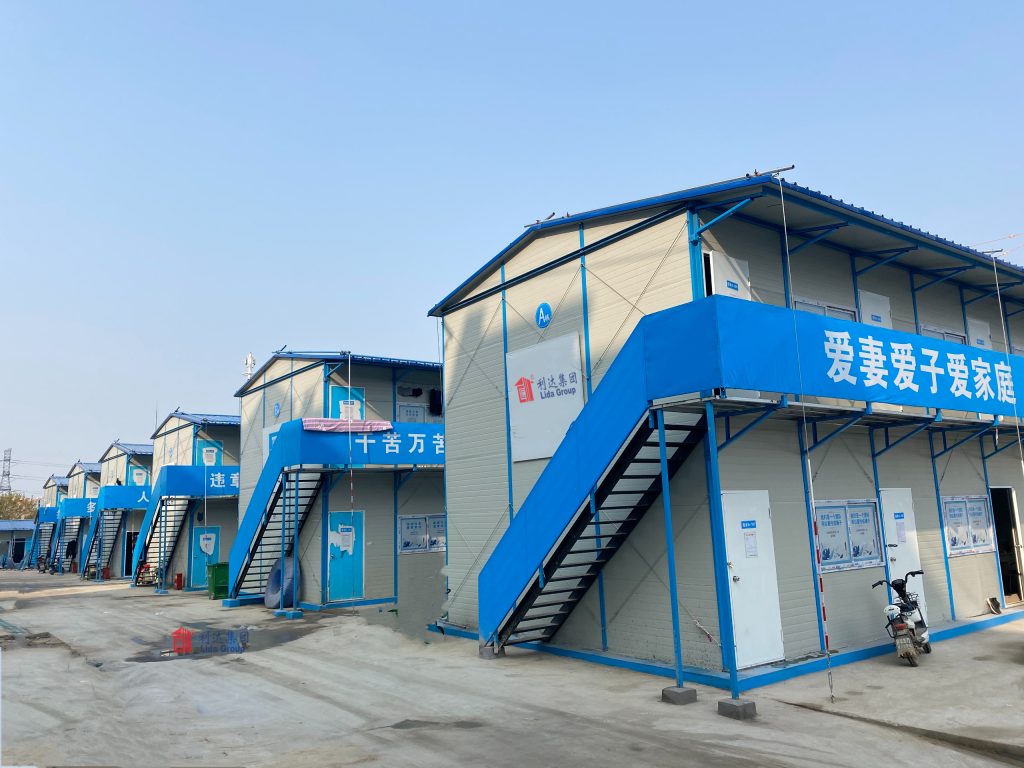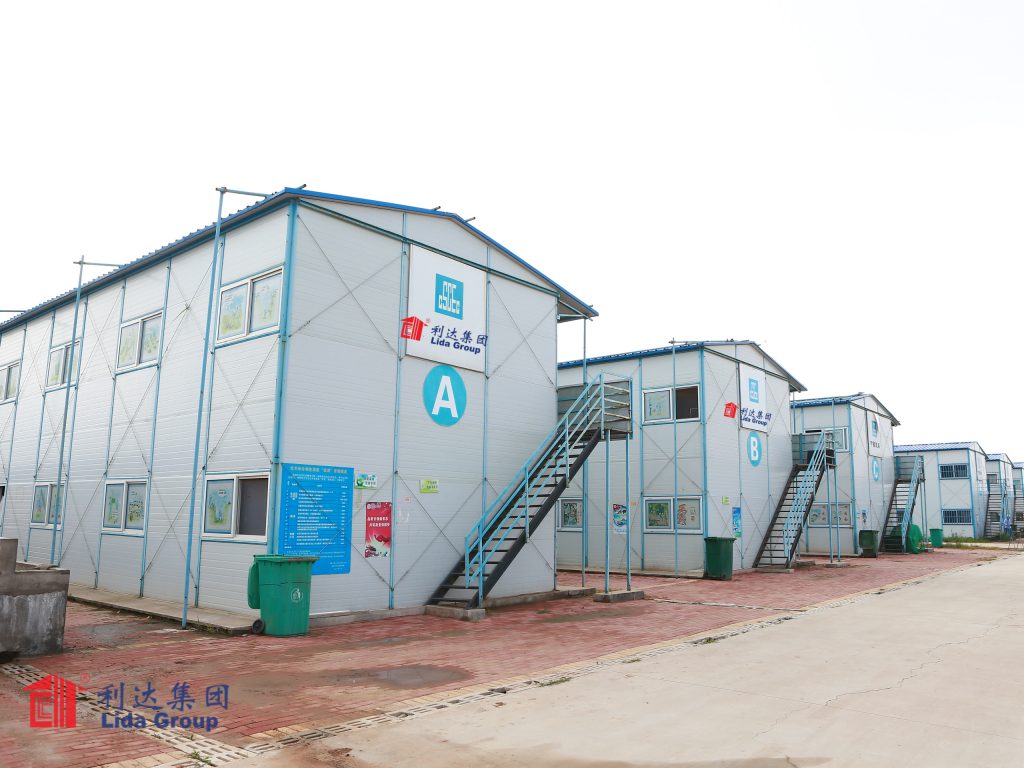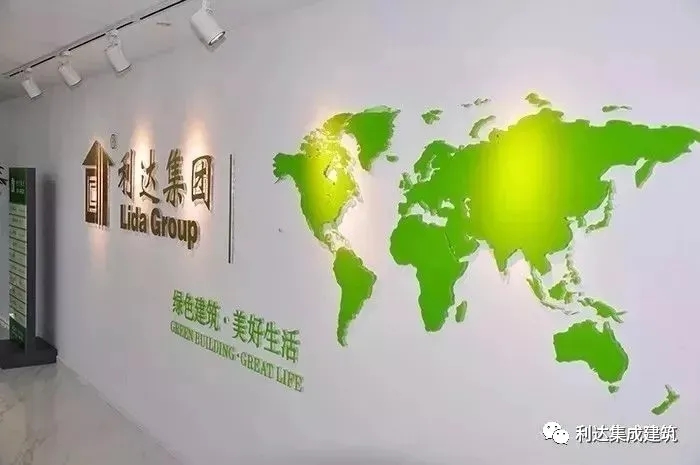As populations grow exponentially, demand surges for housing solutions that combine affordability, sustainability, mass-customizability and reuse to maximize socioeconomic impacts. Traditional manufacturing struggles to deliver at scales required, while mass-production compromises quality perceptions crucial to occupant wellbeing. Recognizing potential convergence, engineers evaluated Lida Group‘s optimized industrial process for manufacturing integrated prefabricated home modules assembled on-site into high-quality relocatable shelters deployable worldwide at vast scales. A technical paper details findings on the standardized process’ suitability to revolutionize sustainable housing globally through optimized mass-production.
Lida Group pioneered an industrial approach fusing innovative modular system design with standardized optimized mass-production techniques. Basis is their award-winning insulated composite panel assembly system integrating durable honeycomb core panels into finished three-dimensional modular building components. Modules contain all necessary exterior walls, interior partitions, windows, doors, plumbing and electrical systems aligned for rapid on-site assembly like interlocking building blocks. Foundations provide relocatability unmatched by site-built equivalents.

Central to evaluations, Lida Group’s optimized production process begins with digitally modeling housing system components, standardizing designs for industrial-scale manufacturing. Modular panel sizes and connection interfaces ensure interchangeability with minimized waste. Standard features ensure functionally, adaptability, cultural sensitivity and codes-compliance. Programming transfers digital models to automated machinery controlling precision cutting, splicing, finishing and quality inspection of panel components on production lines. Modular components like exterior cassettes, internal fit-outs and plumbing/electrical sub-assemblies proceed through sequential modular assembly stations as workers install precut components. Quality control checkpoints rigorously validate dimensional accuracy and finish integrity before packaging completed modules for deployment.
Case studies assessed mass-producible housing types enabled by the optimized production process. Initial implementations targeted basic shelters for disaster relief at vast scales. Modules assembled into 80m2 single-family floorplans ideal for extended families with private kitchen/bathing suited to cultural norms. Mass-produced quality and mobility enabled rapid relocation as needs changed. Observations commended livable dignified designs versus comparable temporary solutions. A second pilot targeted dormitories for thousands of students – modules assembled vertically into shared multi-unit structures on movable steel chassis. Strict habitability monitoring validated hygienic communal living standards greatly exceeded temporary alternates impeding educational outcomes.

Comprehensive cost-benefit analyses validated mass-producible modular techniques as advantageous to traditional construction approaches across diverse scenarios. Standardized design optimizations reduced engineering/planning by 30-50% versus site-specific designs. Precut component production saved 20-40% in material/labor costs versus wasteful on-site construction. Quality automation slashed defects 10-fold. Configurable finished modules were found 15-30% cheaper to deploy than traditional building with reduced on-site logistics. For housing at village/neighborhood scales, modular construction reduced per unit costs 10-30% depending on supply chain maturity. Large-scale permanent housing developments were estimated savings of 5-15% through reduced project administration complexities.
Additional assessments verified critical sustainability advantages. Digitally modeled optimized designs minimized material consumption 5-15% and waste generation up to 30-50% versus inefficient site-specific methods. Components’ 50-100 year design lives and foundations’ reusability future-proofed investments through adaptability unmatched by site-built equivalents. Quantitative lifecycle analyses revealed up to 55-75% reduced whole-of-life costs versus wasteful single-use permanent builds which comprised 80% of global housing stock inadequately suited to accelerating circumstances. Additional analyses of adaptable reuse potentials, energy efficiency, ecological footprints and supply chain scalability reaffirmed mass-producible modular construction’s clear advantages.

Based on extensive verifications across metrics at diverse scales, the engineers’ assessment unambiguously endorsed Lida Group’s optimized modular manufacturing process as ideally suited to revolutionizing global housing sustainably through cost-competitive mass-customizable shelters of unprecedented quality deployable anywhere at vast volumes. Standardized production techniques quantifiably maximized efficiency, minimized waste and future-proofed investments. Prefabricated modules’ inherent mobility, reusability and scalability empower sustainable housing suited to accelerating global circumstances. Optimized adoption promises regenerative benefits through community-driven customized shelters affordably meeting demands across sectors from disaster relief to urbanization. The assessment certified this optimized mass-production paradigm has potential to sustainably reshape humanity’s relationship with shelter globally.
In summary, rigorous evaluations have conclusively validated Lida Group’s optimized industrial manufacturing process for prefabricated integrated home modules assembled on-site as superior to traditional approaches across all assessed criteria. From design optimization to automated precision production to deployable relocatable finished shelters, standardization quantifiably enhances quality, affordability and sustainability while enabling unprecedented customizability, longevity and scale. Verified clear advantages scientifically validate this optimized modular paradigm as ideally suited to revolutionize mass housing sustainably worldwide through optimized accessibility at vast volumes. Its widespread optimized adoption promises unmatched socioeconomic and environmental regeneration impacts.

Related news
-
Journal highlights growing partnerships facilitating localized production and customization of Lida Group's modular building components made of insulated composite panels.
2024-08-19 14:43:57
-
Engineers analyze innovations enabling Lida Group's prefabricated buildings constructed with insulated composite wall and roof panels to meet diverse interim housing needs more efficiently.
2024-08-19 13:41:25
-
Researchers evaluate prototypes for relocated prefabricated housing created using Lida Group's light insulated composite panel construction system integrated with movable foundations.
2024-08-19 11:21:48
contact us
- Tel: +86-532-88966982
- Whatsapp: +86-13793209022
- E-mail: sales@lidajituan.com


